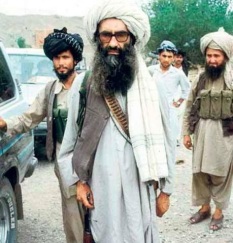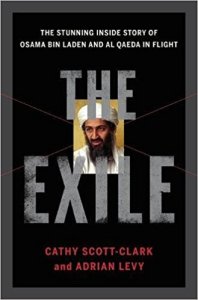This is fascinating reporting from the Observer (9 July 2017) on the unrest in Kashmir:
It started with a phone call from a dying militant that went viral. Now angry, educated youth, inspired by social media, are demonstrating in their thousands. The young militant would be dead in a few minutes. Indian security forces had the house surrounded. As they closed in, Muzamil Amin Dar made a phone call.
“There is nothing to worry about,” he is heard calmly telling his family on a tape of the call. “Sooner or later we all have to face death, isn’t that right?” He falls silent; the recording ends in a shrill chorus of women’s screams.
The killing of the commander from the militant group Lashkar-e-Taiba in October 2012 looked like any other death in the 27-year insurgency that has racked Indian-controlled Kashmir. What made it different was barely appreciated at the time. Days after Dar’s last conversation with his family, the recording of the call began to circulate online, spreading like wildfire across the Kashmir valley. Uploads to YouTube were played tens of thousands of times. Within months, copycat “last calls” from other dying militants began to surface. A trend was born.
It was one of the earliest interventions of social media in a conflict that has been transformed by technology. Unlike the shadowy militants of the 1990s, Kashmir’s new crop of anti-India fighters are WhatsApp warriors, achieving with selfies what they have struggled to do with guns. In the hands of young Kashmiris, the internet has become a weapon: images of dissent met by teargas and bullets in the street are flourishing online. Continue reading →






